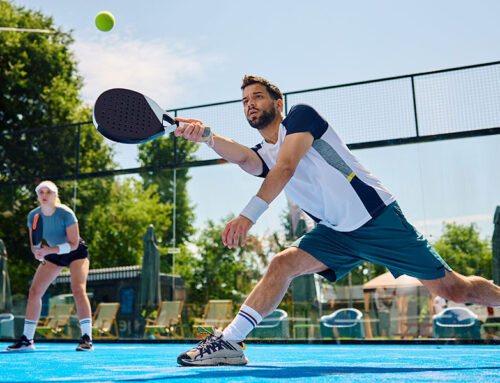Participating in high-intensity sports like rugby, soccer, and Australian Rules Football is a fantastic way to stay fit and active. However, the physical demands of these sports, which often include running, sudden directional changes, and physical contact, can increase the risk of muscle strains and injuries. Understanding these risks and how to mitigate them is crucial for every athlete, from amateurs to professionals.
Common Muscle Strains and Injuries
- Hamstring Strains: These are particularly common in sports that involve a lot of sprinting, stopping, and starting.
- Groin Pulls: Quick changes in direction can overly stretch or tear the groin muscles.
- Quadriceps Strains: Occur frequently in sports due to kicking or rapid acceleration.
- Calf Strains: These can happen during explosive movements or due to overuse.
- ACL Injuries: Although not a muscle strain, injuries to the Anterior Cruciate Ligament are common and severe in these sports, often occurring from sudden stops or changes in direction.
Sports Injury Prevention Tips
Proper Warm-Up: Always start with a dynamic warm-up that activates the muscles you will use during the game. Include exercises like leg swings, gentle stretching, and gradual, sport-specific movements to prepare your muscles and joints.
Strength Training: Incorporate regular strength training into your routine to build muscle resilience. Focus on the muscles most engaged and vulnerable in your sport—like the hamstrings, quadriceps, and calves.
Flexibility Exercises: Flexibility can prevent injuries by allowing muscles to stretch and recover more effectively. Regular stretching and flexibility training should be part of every athlete’s routine.
Adequate Hydration and Nutrition: Fuel your body correctly before and after games or training sessions to enhance performance and recovery. Stay hydrated, and make sure your diet supports your energy needs and recovery.
Proper Technique: Use correct techniques when playing, whether you’re tackling, kicking, or running. Poor technique not only hinders performance but also increases injury risk.
How Myotherapy Can Help With Sports Injuries
Myotherapy is an effective way to manage and prevent sports injuries through various therapeutic approaches:
Treatment of Injuries: Myotherapists provide targeted treatments for acute and chronic sports injuries, employing techniques like deep tissue massage, dry needling, and heat therapy. These methods can alleviate pain, reduce inflammation, and accelerate healing.
Recovery Support: Post-game recovery is crucial. Myotherapy can help reduce muscle soreness and stiffness, promoting quicker recovery through massage and mobility exercises.
Ongoing Conditioning: Regular Myotherapy sessions can help maintain muscle health, enhance flexibility, and improve overall athletic performance. Myotherapists also work to correct muscle imbalances and improve body alignment, crucial for injury prevention.
Personalised Advice: Myotherapists provide tailored advice on injury prevention, warm-up routines, and correct sports techniques based on an individual’s specific needs and the demands of the sport they play.
Integrating Myotherapy into your training regimen cannot only help in treating and recovering from injuries but also significantly boost your athletic performance and reduce the risk of future injuries. By combining proper training, warm-up routines, and professional myotherapeutic support, athletes in running and tackling sports can enjoy a healthier, more successful sporting career.






